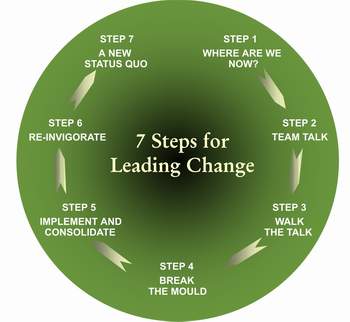

This interesting article resonates with who has been involved in the management of large scale technology projects who knows that they are frequently plagued by mountains of paperwork as specialists try to document and capture what they think people will want or need in a new system for many months only to find out that their largely theoretical exercise has proven fruitless when upon go live it is quickly discovered that people’s actual habits have little in common with what they perceived them to be and as a result the product they have designed does not meet their needs. Anthropologists and ethnographers take a very different approach to many business professionals by insisting upon participant observations or tactile, hands on utilization of a new system in its “native habitat” with people who will use it. Fields such as change management are often given insufficient resources to enact change. Fortunately some more enlightened companies are now supporting change management programs. Furthermore much improved new collaborative and project management tools existing in the cloud now allow small teams to more efficiently capture and share information, conduct prototyping, and visualization.
Related articles
- On Digital Ethnography, magnifying the materiality of culture (part 3 of 4) (ethnographymatters.net)
- Up-Goer Five, Ethnography, and Obscure STEM Jargon versions of my dissertation proposal abstract (melchua.com)
- Change Agent Best Practices From AIM Change Management Methodology to Be Presented in Complimentary IMA Webinar (prweb.com)
- Crowdsourced Ethnography. (makemarketinghistory.blogspot.com)


You must be logged in to post a comment.